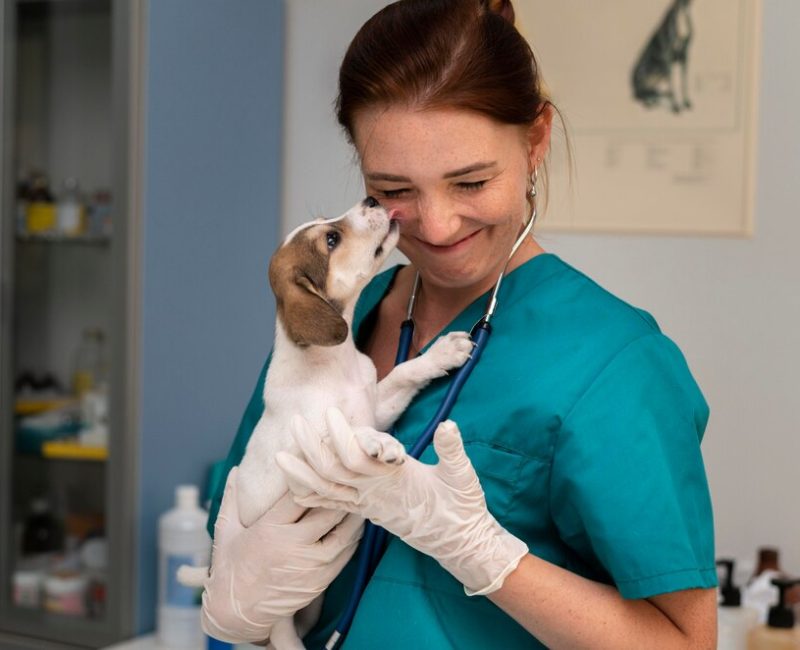
Veterinary Job Market Trends in 2025: What Job Seekers and Employers Need to Know
The veterinary industry has been evolving rapidly over the past few years, driven by advances in technology, shifting client expectations, and the growing demand for pet care. As we step into 2025, it's important for both job seekers and employers to stay informed about the latest trends shaping the job market.
1. Rising Demand for Veterinarians
The demand for veterinary professionals continues to outpace supply. According to recent statistics, the veterinary industry in the U.S. has seen a growth rate of over 16%, with similar trends in Canada. This demand is fueled by an increase in pet ownership and greater awareness of animal health. Employers need to offer competitive salaries and benefits to attract top talent, while job seekers can take advantage of the abundance of opportunities.
2. Emphasis on Work-Life Balance
Burnout among veterinarians is a significant concern. Employers are beginning to prioritize work-life balance by offering flexible schedules, mental health resources, and supportive workplace cultures. For job seekers, these factors should be top considerations when evaluating potential employers.
3. Technology Transforming Veterinary Practices
Advancements in telemedicine, diagnostic tools, and practice management software are revolutionizing the field. Veterinarians skilled in using these technologies are in high demand. Employers can stand out by providing training and access to cutting-edge tools, while job seekers should highlight their tech-savviness during interviews.
4. Specialization and Career Growth
Veterinary professionals are increasingly pursuing specializations in areas such as exotic animals, oncology, and orthopedics. For job seekers, specialization can lead to higher salaries and career satisfaction. Employers can benefit from investing in continued education programs for their teams.
5. Geographic Trends
Urban areas continue to have a surplus of veterinary professionals, while rural regions face significant shortages. Employers in rural areas should consider offering relocation incentives, while job seekers open to relocation might find more opportunities and better compensation packages.







